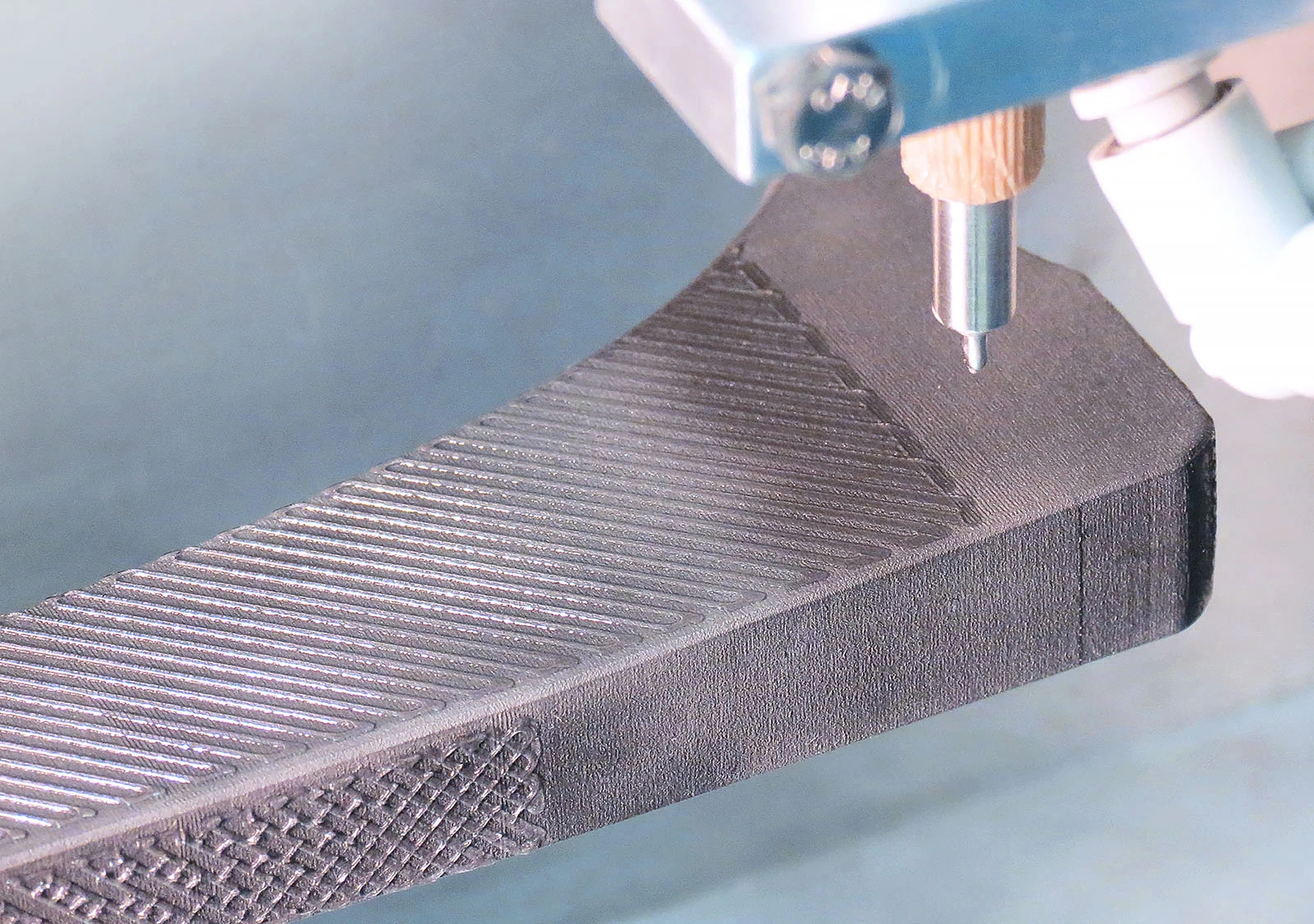If you've ever tried pulling a mussel off a rock, you'll know that they're pretty darn good at holding on. The secret to their success is a natural adhesive, which has now been replicated in a glue that could help keep orthopedic implants attached to bone tissue.
One of the problems with implants such as artificial hips is the fact that over time, the titanium implant will detach from the bone to which it was bonded. A second surgery is then required to reattach or replace the implant.
Over the years, various groups have pursued a number of avenues to keep this from happening. The mussel-inspired glue is one of the latest – and most intriguing – examples.
Developed by scientists from Germany's Fraunhofer research group, the biocompatible substance can be 3D-printed directly onto the curvy surfaces of titanium implants, ensuring an even coating at the implant/bone interface.
It's composed mainly of synthetic polymers which contain dopamine. The latter molecule is a chemical analog (meaning it has a similar structure) to dihydroxyphenylalanine, which is the key amino acid that mussels produce as part of their natural adhesive.
The glue also contains additives such as mineral particles, proteins and signal molecules, which cause the patient's body to recognize it as a bone-like substance. As a result, cells from the adjacent bone tissue readily grow into it, reportedly ensuring a firm and long-lasting bond.
As an added benefit, the dopamine has an antibacterial effect, minimizing the chances of infection at the implant site.
And finally, the glue can also be modified to only harden when exposed to ultraviolet light. This means that surgeons could take their time aligning an implant, then use a UV light to lock it in place once it's positioned perfectly. Down the road it may also be possible to turn the adhesive effect on and off, so implants could be repositioned if necessary.
Source: Fraunhofer




